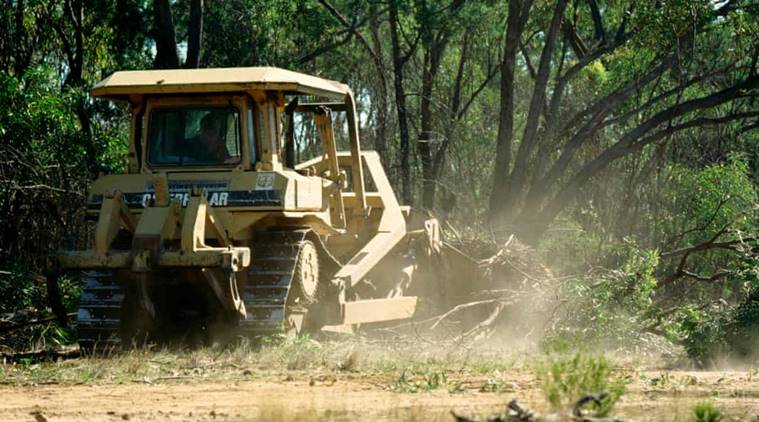 Land-clearing in Queensland. (Source: Getty Images)
Land-clearing in Queensland. (Source: Getty Images)
A new analysis by the World Wildlife Fund (WWF) Australia has found that over 1.19 million hectares of threatened species’ habitat was cleared for agriculture in New South Wales and Queensland without proper environmental assessment.
Australia’s Environment Protection and Biodiversity Conservation (EPBC) Act lays down that anyone seeking to undertake activities which may threaten endangered species and their habitat must first refer themselves to the federal environment department for assessment. WWF’s study found that while 87.4% of the land was cleared for agriculture without EPBC referral, only 1,499 hectare or 0.12% of the land was cleared for agriculture with referral.
According to a report by the Guardian, WWF Australia accessed publicly available geospatial data released by state and federal governments to look at land-clearing patterns in the two states in the 13-year period between 2004 and 2017. The study assessed instances of land clearing each year and their purpose, before cross-checking whether the clearing was recorded in the federal environment department’s referrals database.
The study also found that the country’s environment department was not taking action against farmers who were flouting the rules laid down by the EPBC. “The act itself is being ignored on a vast scale by agricultural developers and the department is doing nothing about that. They’re not enforcing the act,” Martin Taylor, a conservationist scientist with WWF who worked on the report, told The Guardian.
“You’ve got massive amounts of destruction, vast areas of habitat that have been mapped by the commonwealth that have been destroyed without even an attempt to seek authority,” Taylor added.
The report listed several suggestions and recommendations for the federal environment department and farmers to work together to protect the environment, The Guardian reported. This included outreach programmes to help farmers understand their legal obligations as well as establishing a $1 billion trust fund to encourage them to undertake environmentally-friendly farming practices.